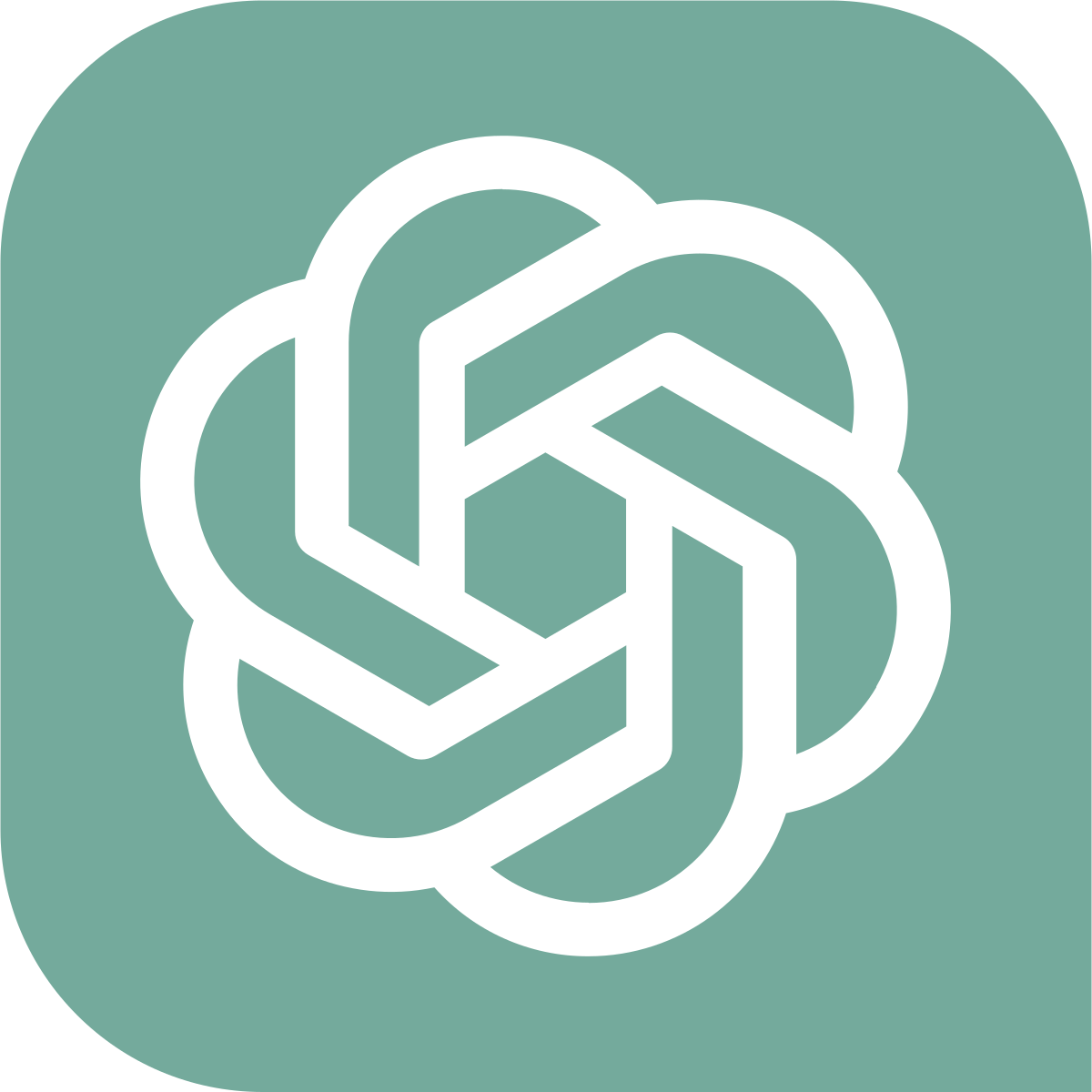Introduction
In the rapidly evolving world of artificial intelligence, natural language understanding (NLU) has become a pivotal area of research. NLU focuses on enabling machines to comprehend and interpret human language, allowing them to interact with users in a more intuitive and human-like manner. One remarkable advancement in this field is the emergence of ChatGPT, a cutting-edge language model developed by OpenAI. In this article, we will delve into the intricacies of natural language understanding with ChatGPT, uncovering its capabilities, limitations, and real-world applications.
The Power of Natural Language Understanding
Understanding human language is a complex task, as it involves grasping nuances, context, and intent. Natural language understanding aims to bridge the gap between human communication and machine comprehension. With the advent of ChatGPT, the capabilities of natural language understanding have been significantly enhanced.
Unveiling ChatGPT
ChatGPT is an advanced language model based on the GPT-3.5 architecture, developed by OpenAI. It has been trained on a vast corpus of text data, enabling it to generate coherent and contextually relevant responses to user inputs. Unlike traditional rule-based systems, ChatGPT leverages the power of deep learning to process and understand natural language.

How Does ChatGPT Understand Language?
ChatGPT employs a combination of techniques to decipher and understand human language. It utilizes deep neural networks that learn from patterns and relationships within the training data. This enables the model to capture the semantic meaning, syntax, and context of the input text.
NLU in Action: Real-World Applications
Natural language understanding, facilitated by models like ChatGPT, has found extensive applications across various industries. Let’s explore some of the domains where NLU has made a significant impact.
Customer Support and Chatbots
ChatGPT’s natural language understanding capabilities make it an ideal candidate for customer support chatbots. It can interpret user queries, provide relevant information, and even resolve simple issues autonomously. This enhances customer experience by providing instant and accurate responses.
Virtual Assistants
Virtual assistants, such as Siri and Alexa, heavily rely on natural language understanding to comprehend and respond to user commands. ChatGPT’s ability to grasp context and intent enables virtual assistants to perform tasks like setting reminders, answering questions, and controlling smart devices.
Sentiment Analysis
Analyzing sentiment in text data is crucial for businesses to gauge customer opinions and feedback. NLU models like ChatGPT can accurately identify sentiment and emotion expressed in customer reviews, social media posts, or survey responses. This helps companies make data-driven decisions and improve their products or services.
Content Generation and Summarization
ChatGPT’s language understanding capabilities enable it to generate coherent and contextually appropriate text. This has significant implications for content generation, where it can be leveraged to automatically produce articles, blog posts, or summaries based on given prompts.
Language Translation
Language barriers can impede communication and collaboration on a global scale. Natural language understanding models like ChatGPT can assist in translating text from one language to another, fostering cross-cultural interactions and enabling information exchange.
Medical Diagnosis and Healthcare
In the healthcare domain, NLU models like ChatGPT can aid in medical diagnosis by analyzing patient symptoms and providing potential diagnoses. This assists healthcare professionals in decision-making, leading to more accurate and timely treatments.
Demystifying Natural Language Understanding with ChatGPT
Natural language understanding, though highly advanced, is not without its challenges and limitations. Let’s explore some common questions and concerns regarding ChatGPT and its natural language understanding capabilities.
FAQ
Can ChatGPT understand all types of language inputs?
ChatGPT has been trained on a vast corpus of text data, which helps it understand a wide range of language inputs. However, it may struggle with highly technical or domain-specific language for which it has not been specifically trained.
How does ChatGPT handle ambiguous queries?
ChatGPT uses contextual clues and surrounding text to disambiguate queries. However, it may still encounter challenges in cases where the context is insufficient or when the query has multiple valid interpretations.
Can ChatGPT understand slang, idioms, and colloquial language?
ChatGPT has been exposed to a diverse range of text data, including informal language and idiomatic expressions. It can understand and respond to many common slang and colloquial phrases, but there may still be instances where it struggles to comprehend highly context-dependent language.
Does ChatGPT have a bias in its understanding?
ChatGPT’s training data is sourced from the internet, which can introduce biases present in human-generated text. Efforts have been made to mitigate biases, but it’s important to remember that ChatGPT may still exhibit bias in its understanding and responses.
How does ChatGPT handle complex questions or prompts?
ChatGPT can handle complex questions or prompts to a certain extent. However, it may struggle with tasks that require deep domain-specific knowledge or extensive reasoning capabilities. In such cases, the model might provide plausible but incorrect or incomplete responses.
Can ChatGPT provide accurate information in all cases?
While ChatGPT strives to provide accurate information, it relies on the data it has been trained on. If the training data contains incorrect or misleading information, ChatGPT may unknowingly generate responses that are inaccurate or false.
Conclusion
Demystifying natural language understanding with ChatGPT reveals its tremendous potential in bridging the gap between human communication and machine comprehension. With its advanced language processing capabilities, ChatGPT enables various real-world applications, from customer support to content generation and healthcare. However, it’s important to acknowledge the limitations and challenges associated with NLU models like ChatGPT. By understanding these intricacies, we can leverage the power of natural language understanding while being mindful of its boundaries.
Latest Posts:


Leave a Reply